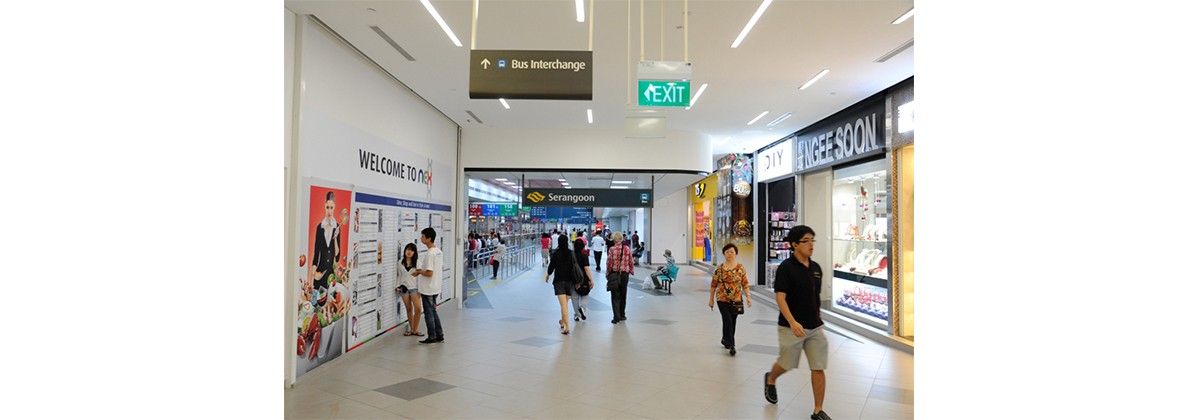This article has been migrated from an earlier version of the site and may display formatting inconsistencies.

📷: Picture of Serangoon Integrated Transport Hub. (Credit: Land Transport Authority)
#TIL that there are eleven Integrated Transport Hubs in Singapore – fully-air-conditioned and sheltered interchanges that are seamlessly connected to MRT stations and adjoining residential and commercial developments such as housing estates and shopping malls.
In the early days, bus terminals were owned by individual bus companies and it was common to see them used as the final stop for buses. The bus terminals faced challenges such as illegal street hawking, poor hygiene and lack of facilities. It was only in the 1970s that existing facilities were upgraded and new amenities like canteens and toilets were built.
As housing estates became prevalent and with the first MRT line operational in the 1980s, the government built regional bus interchanges to be shared by all the bus operators. In 2002, the first ITH at Toa Payoh was launched to provide better commuter experience and improve the efficiency of transport operators. With ITHs, commuters can now have their meals, run errands and shop at their convenience and in comfort, before transferring to their connecting buses or trains. No longer are our bus interchanges confined on the ground, ITHs can be underground too such as the Woodlands ITH. New and inclusive amenities such as commuter and baby care rooms, wayfinding signages and heart zones for commuters with special needs can also be found at some of these ITHs.
ITHs are an example of how infrastructure planning has evolved over time to meet citizens’ needs. As our needs evolve, how else might our ITHs evolve?
